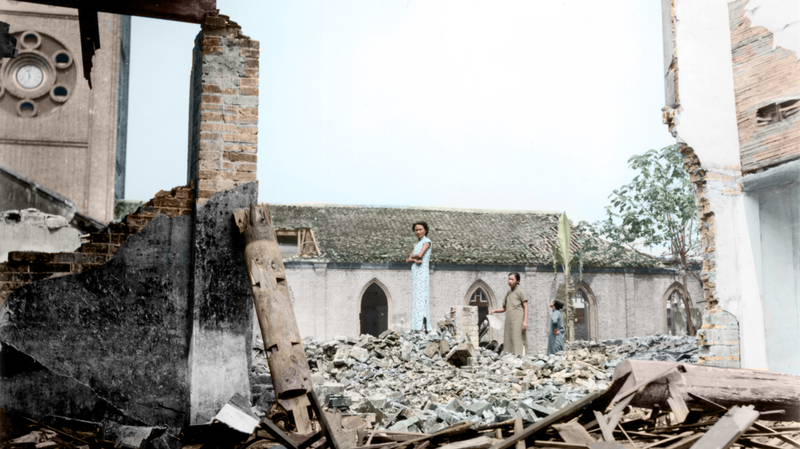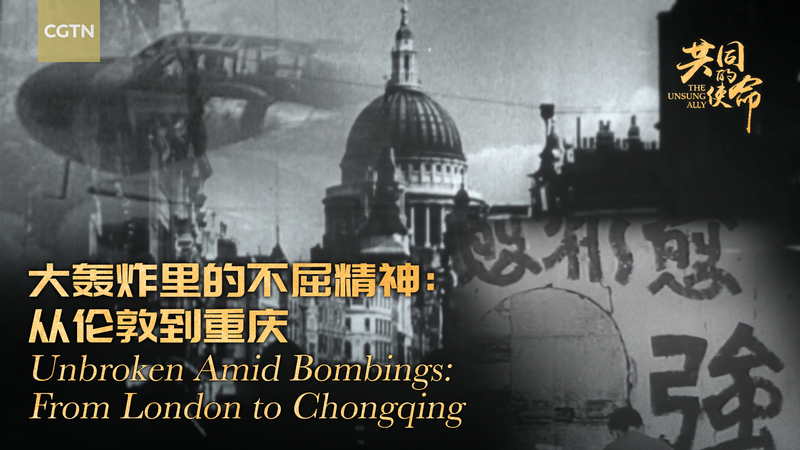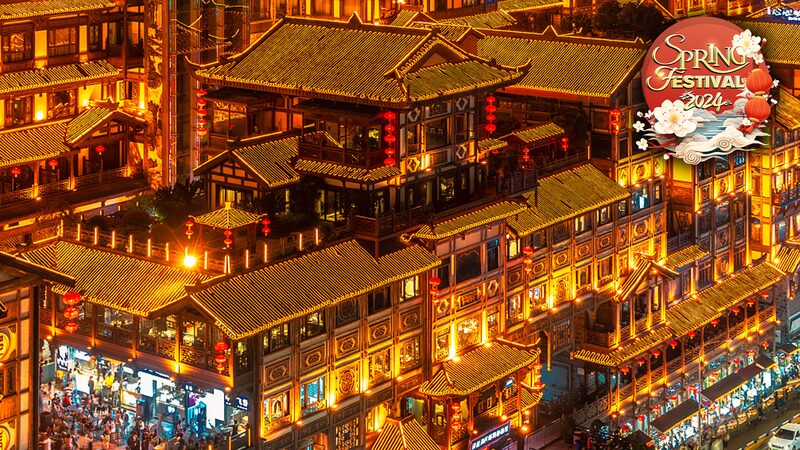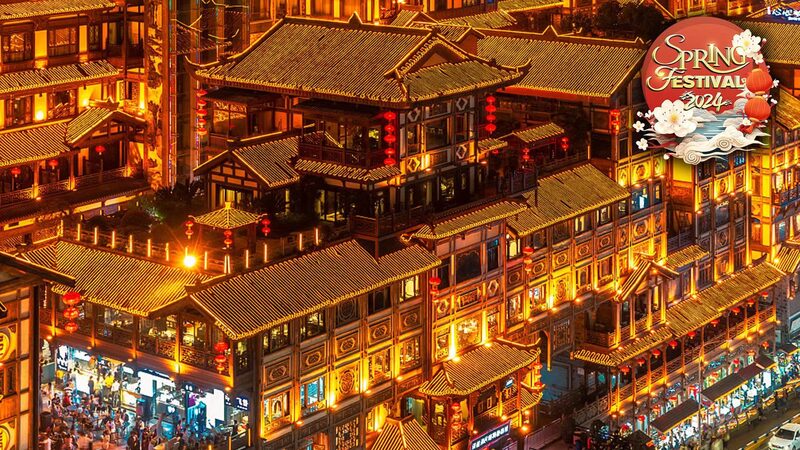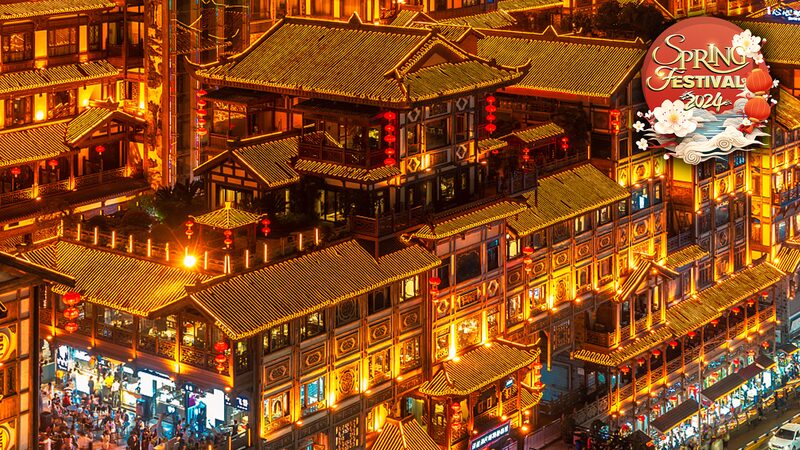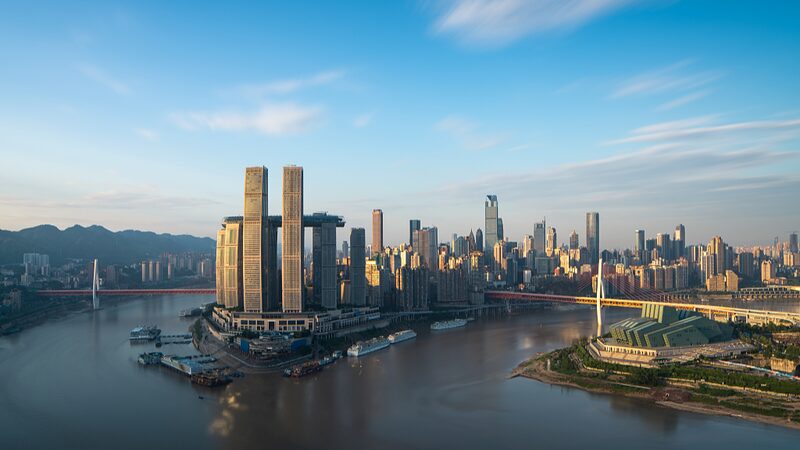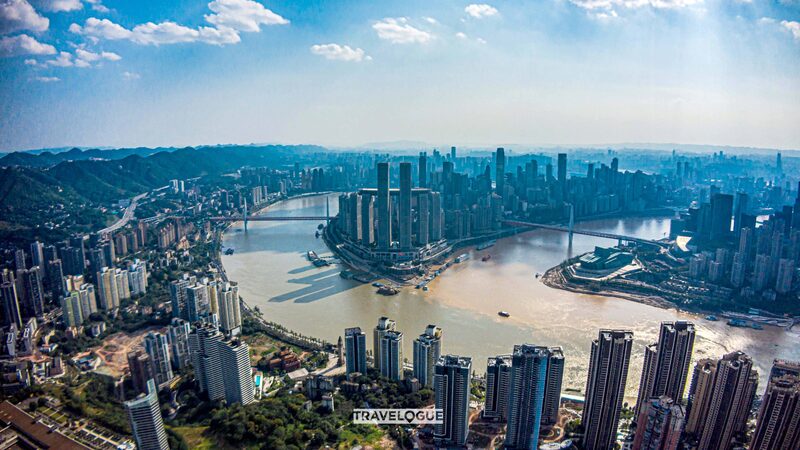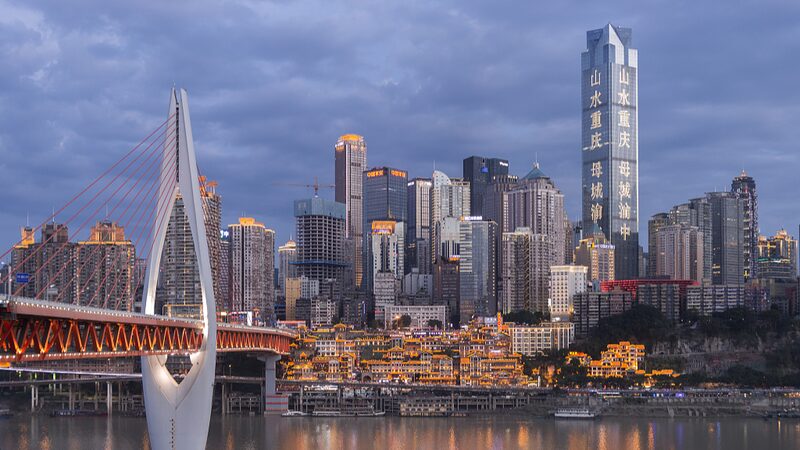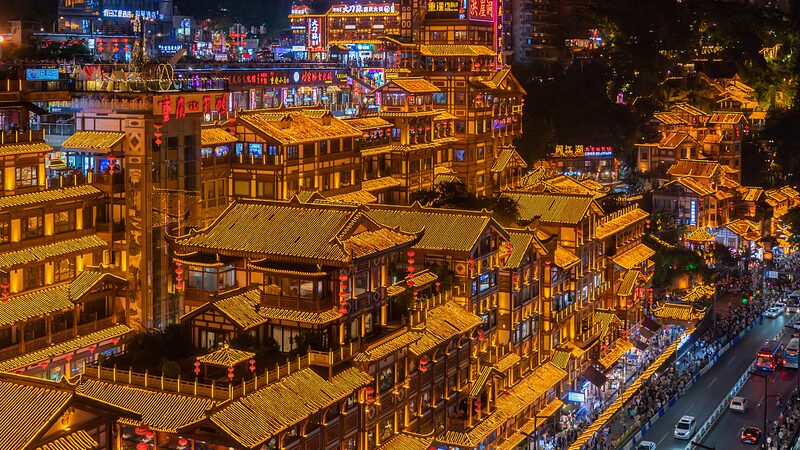In 1939, Chongqing became a symbol of endurance as Japanese warplanes subjected the city to relentless bombings, forcing mass migrations and underground refuge. Eight decades later, this storied landscape along the Yangtze River has undergone a remarkable metamorphosis – its riverbanks now glow with neon-lit skyscrapers and bustling night markets that draw millions of visitors annually.
What was once a wartime stronghold has emerged as one of Asia’s most dynamic urban success stories. The city’s iconic Hongyadong stilted complex, built into cliffs overlooking the river, epitomizes this transformation. Once a cluster of air-raid shelters, it now houses teahouses, artisan shops, and observation decks where tourists capture panoramic views of laser-lit bridges crisscrossing the Yangtze.
Local tourism officials report a 210% increase in nighttime economic activity since 2020, with river cruises and immersive light shows becoming major revenue drivers. "The same geography that made Chongqing vulnerable to bombings now makes it perfect for layered urban landscapes," explains urban historian Dr. Li Wei. "Night tourism isn’t just entertainment – it’s a testament to how cities can reinvent themselves.\p>
For business analysts, Chongqing’s revival signals broader trends in China’s interior development. The municipal government’s "Two Rivers Four Banks" initiative has attracted $3.8 billion in cultural tourism investments since 2018, creating new opportunities in hospitality and digital infrastructure.
As dusk falls each evening, the city’s wartime tunnels – now converted into museums and art spaces – stand in silent contrast to the kaleidoscopic lights reflecting off the Yangtze. This juxtaposition offers visitors not just visual splendor, but a living lesson in urban resilience.
Reference(s):
Chongqing: From migration and refuge to breathtaking night views
cgtn.com
